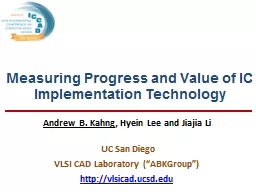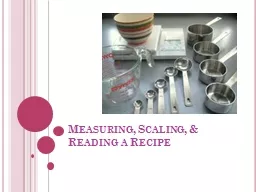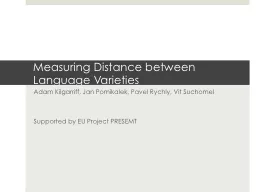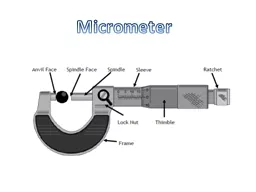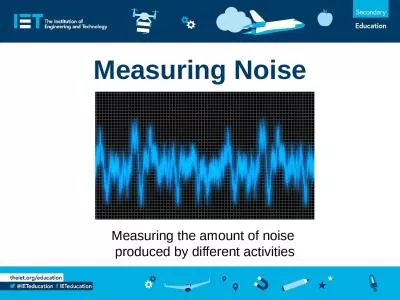PPT-Measuring Progress and Value of IC Implementation Technolog
Author : trish-goza | Published Date : 2017-08-24
Andrew B Kahng Hyein Lee and Jiajia Li UC San Diego VLSI CAD Laboratory ABKGroup httpvlsicaducsdedu Measuring Progress and Value Systems and system
Presentation Embed Code
Download Presentation
Download Presentation The PPT/PDF document "Measuring Progress and Value of IC Imple..." is the property of its rightful owner. Permission is granted to download and print the materials on this website for personal, non-commercial use only, and to display it on your personal computer provided you do not modify the materials and that you retain all copyright notices contained in the materials. By downloading content from our website, you accept the terms of this agreement.
Measuring Progress and Value of IC Implementation Technolog: Transcript
Download Rules Of Document
"Measuring Progress and Value of IC Implementation Technolog"The content belongs to its owner. You may download and print it for personal use, without modification, and keep all copyright notices. By downloading, you agree to these terms.
Related Documents

